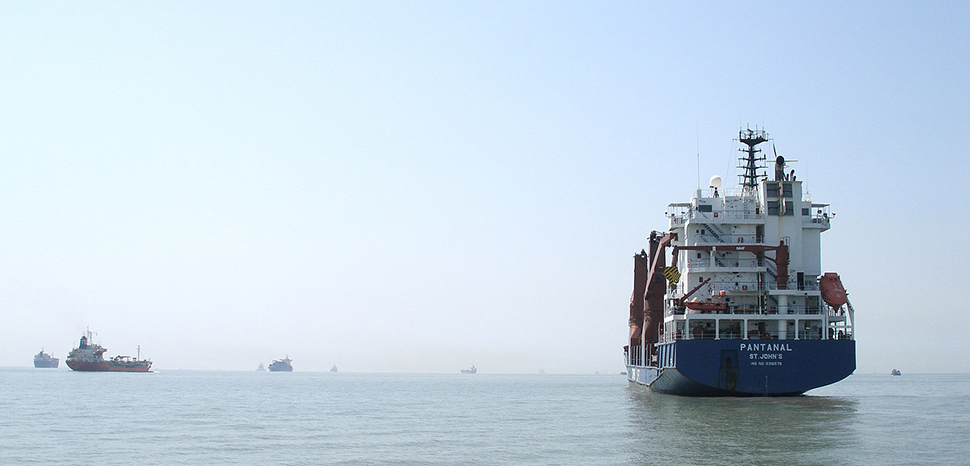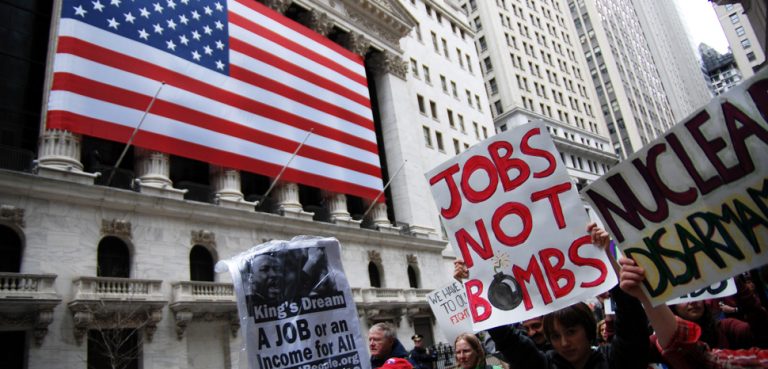Ever since May 2023, when the 14-member Indo-Pacific Economic Framework (IPEF) reached an agreement on strengthening the resilience of supply chains – a crucial aspect of the framework’s second pillar – an intense debate has been ignited within academia and media regarding its feasibility. For obvious reasons, scholars and commentators have delved into the potential ramifications and explored various perspectives on the matter. Some have scrutinized the practicality of implementing the agreement, while others have examined the potential economic and geopolitical implications it may entail. While the final text of the IPEF Supply Chain Agreement is yet to be unveiled to the media, initial indications have partially revealed its main features, suggesting the creation of comprehensive regulations and institutional mechanisms. The success of this agreement hinges on its implementation, with a particular focus on delineating tangible measures and possibly establishing specialized projects to propel further advancements.
Launched by US President Joe Biden in May 2022 during a Quad Summit in Tokyo, the Indo-Pacific Economic Framework (IPEF) is a coalition of 14 member countries – including India, Australia, Brunei, Fiji, Indonesia, Japan, South Korea, Malaysia, New Zealand, the Philippines, Singapore, Thailand, and Vietnam. The IPEF’s declared objective is to establish a shared framework based on four key pillars: connectivity and digital trade, resilient supply chains, clean energy, and corruption-free fair trade. But the IPEF is generally viewed as the United States’ strategic response to its perceived retreat from the Asia-Pacific region during the Trump era, symbolized by the withdrawal from the ambitious Trans-Pacific Partnership (TPP), now known as the Comprehensive and Progressive Agreement for Trans-Pacific Partnership (CPTPP). Evidently, the IPEF is an assertive move by the Biden administration to counter China’s increasing sway in the Indo-Pacific region. With the IPEF, the United States aims to expand its economic leadership in the region while advancing its foreign policy and economic interests. Through strategic partnerships with member countries, Washington seeks to enhance the development of supply chains and promote regional connectivity in both physical and digital realms. In doing so, the United States hopes to solidify its position as a dominant economic force in the Indo-Pacific region, asserting its influence and securing its long-term economic and strategic objectives.
As per media reports, the proposed agreement has suggested the establishment of three bodies: a Supply Chain Council, a Supply Chain Crisis Response Network, and a Labor Rights Advisory Board. Additionally, the United States has pledged to initiate technical assistance and capacity-building programs, such as digital shipping pilot projects and an IPEF STEM Exchange Program. Nevertheless, the global response from the business community and trade experts has been a mixed bag. While some hailed this agreement as a comprehensive accord aimed at tackling supply chain vulnerabilities, critics were quick to highlight its lack of substantial action and enforceable commitments. Instead of concrete measures, the agreement appears to prioritize a process-driven framework, raising doubts about its effectiveness in delivering tangible results. This disparity in reactions underscores the skepticism surrounding the IPEF’s approach. Skeptics argue that a focus on building frameworks and institutions without substantive actions may fall short in addressing the pressing challenges faced by global supply chains. The absence of binding commitments raises concerns about the agreement’s ability to bring about meaningful change and protect labor rights in an increasingly interconnected and vulnerable economic landscape. Ironically, the current structure of the framework does not provide substantive specifics. This has lent weight to the prevailing belief among Washington insiders and regional power centers that the Biden administration is facing serious challenges in fleshing out the substantive components of the IPEF.
The IPEF agreement on supply chain faces its most pressing challenge in its inability to offer tangible market access advantages to regional nations. Southeast Asian and South Asian developing countries eagerly anticipate exporting their agricultural and manufactured goods to the United States. Under the pressure of the United States, the IPEF has omitted any discussion of market access, a matter of critical importance to the ASEAN countries. Simultaneously, the Biden administration seeks to appease domestic labor unions and environmental organizations. This is perplexing to ASEAN countries, as regulations pertaining to “labor rights” and the “environment” appear largely disconnected from the realm of supply chains. However, the measure encounters fierce opposition from US labor unions, as well as both Democrats and Republicans, who contend that tariff reductions would undermine domestic employment and manufacturing.
This also explains the Biden administration’s deliberate avoidance of regional trade agreements such as CPTPP and RCEP. Without meaningful tariff concessions, the IPEF falls significantly short of the comprehensive nature of the CPTPP. The US appears to provide minimal market access and economic incentives to other participants in the IPEF. For several countries, the IPEF seems to be primarily a catalogue of American requirements, encompassing areas such as environmental and labor safeguards, as well as digital standards. However, regional countries are hesitant to be entangled in the predicament of choosing sides between the United States and China, particularly since China stands as their largest trading partner.
Ever since the Obama administration, the United States has sought to undermine the economic ties between China and countries in the Indo-Pacific region, which is perceived as a vital pillar of China’s international influence. US strategists contend that China’s close economic and trade relations with Indo-Pacific nations pose a challenge to US regional hegemony, alleging that China employs economic means to erode the cohesion of the US alliance system. The United States is striving to leverage the IPEF as a means to entice regional economies to detach themselves from China’s economic orbit and exclude China from regional supply chains. However, these efforts are not likely to yield the desired results for Washington. China holds a pivotal role in Asian industrial and supply chains, boasting a comprehensive industrial infrastructure, robust logistics networks, and robust support systems. It is progressively emerging as a critical market for manufactured goods produced in the Asia-Pacific region. China is also forging closer ties within the industrial chain, solidifying economic and trade relationships with the Indo-Pacific countries.
The IPEF suffers from a fundamental flaw: with insufficient access to the lucrative US market or other attractive trade benefits, partner countries lack the incentive to make significant commitments of their own. Consequently, the IPEF is destined to struggle in diverting value networks away from China or effectively counter Beijing’s geoeconomic influence in any substantial manner. Similar to the bilateral agreement reached with Japan, the Biden administration has the potential to engage in negotiations for a crucial minerals pact, either on a bilateral level or within the framework of the IPEF alongside relevant partners. The Biden administration should prioritize the creation of incentives to encourage global companies to invest in, extract, and refine critical minerals within resource-abundant IPEF nations. This concept of “friendshoring” would address the concerns of the US electric vehicle and battery industry while also serving the broader security interests of the United States. Various shocks, such as the pandemic, the Ukraine war, and strained multilateral trade ties, have disrupted global supply chains. While the nature of the next crisis may differ, it is crucial to safeguard the continuous flow of essential commodities like food, energy, and medicines, and prevent significant disruptions in supply chains. As the discourse continues, it remains to be seen whether the IPEF’s proposed agreement will be able to bridge the gap between lofty aspirations and practical solutions, leaving observers and stakeholders to grapple with the potential ramifications of this approach to effectively address supply chain vulnerabilities.
The views expressed in this article belong to the authors alone and do not necessarily reflect those of Geopoliticalmonitor.com.




